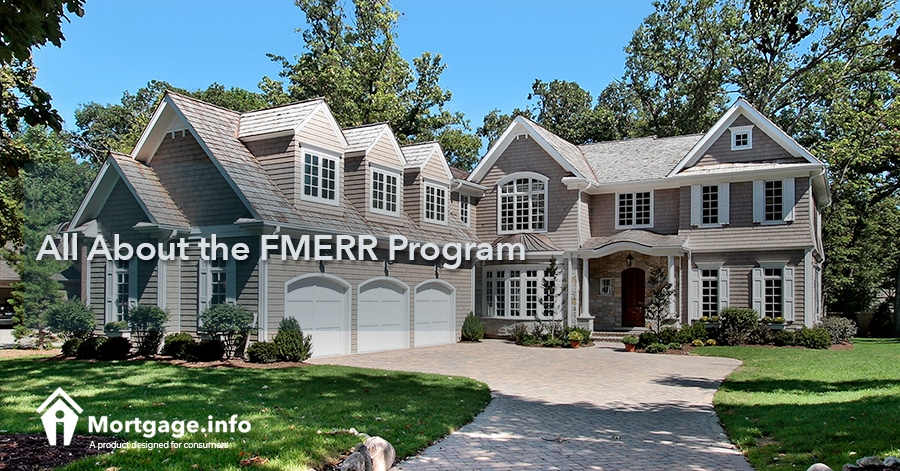Freddie Mac had a refinance program for borrowers with little equity in their homes. The FMERR program expired on September 1, 2019, but they have extended it before. Below we’ll touch on the basics of the FMERR program as well as show you the alternative most people can benefit from in place of FMERR.
Looking for Current Mortgage Interest Rates? Click Here.
What is FMERR?
The Freddie Mac Enhanced Relief Refinance was for borrowers that made their payments on time, but whose home lost so much equity that they find themselves near upside down on their loan. With high a high LTV (loan-to-value ratio), borrowers are unable to take advantage of the low rates they would otherwise be eligible for when refinancing.
The FMERR program made it possible for homeowners to still take advantage of today’s low rates despite the high LTV. It even served borrowers that were upside down on their loan (owe more than the home is worth).
In order to qualify you need:
- An LTV of 97% or higher
- Freddie Mac must own the loan
- You must have had your current loan for at least 15 months
As we stated above, though, this program expired.
What is the Fannie Mae HARP Replacement Loan?
Some borrowers may still be eligible for the Fannie Mae HARP Replacement program – the Fannie Mae High LTV Refinance Option.
In order to qualify you must:
- Have a mortgage owned by Fannie Mae
- You must not have used HARP (Home Affordable Refinance Program) benefits yet
- You must have originated your mortgage after October 1, 2017
The Fannie Mae High LTV program offers a few benefits:
- You won’t pay new mortgage insurance on the loan even with a high LTV. You only pay it if you currently have MI as it will transfer with your loan.
- There isn’t a minimum credit score.
- There isn’t a maximum debt ratio.
- The required paperwork is streamlined.
Get Matched with a Lender, Click Here.
Reasons for the Fannie Mae High LTV Refinance
You may only use the Fannie Mae FMERR alternative for the following reasons:
- Lower your interest rate
- Lower your monthly payment
- Change your loan term
- Change your loan type (fixed rate to ARM)
You are only eligible for the program if you are on time with your payments, though. Fannie Mae requires you to prove that your last 12 payments were made on time. This means that you cannot have any late payments (more than 30 days) during this time. You must also not have more than one 30-day ate prior to the last 12 months.
Automated Underwriting
The Fannie Mae program offers automated underwriting which works to your benefit. Most borrowers don’t need to pay for an appraisal as they can get an appraisal waiver. The automated system determines a value for the home and uses that for valuation purposes. Since the program is only for those borrowers either underwater or very close to it, there’s no sense in paying for an appraisal.
Automated underwriting also alleviates the heavy amount of paperwork borrowers typically need to refinance their mortgage. Since the point of the program is to help you afford your payments better and the main qualification requirement is on time payments for your current higher payment, it makes sense that they don’t require a lot of paperwork.
Will FMERR Come Back?
The FMERR program has come and gone a few days in the last few years, so there’s hope that it will still return. Freddie Mac still has the information up on their website without any notification of the program completely ending, like HARP (which ended in December of 2018). In the meantime, borrowers can see if they are eligible for the Fannie Mae alternative.
The high LTV refinance programs help you take advantage of today’s low rates or get out of a risky loan, such as an ARM no matter your LTV. It helps you make your mortgage more affordable and/or more stable so that you can afford your payments and eventually own your home free and clear, which is likely your goal. Even if you won’t stay in the home for the long-term, lowering your interest rate allows you to knock more principal off with each payment, earning you more profits when you sell the home.

